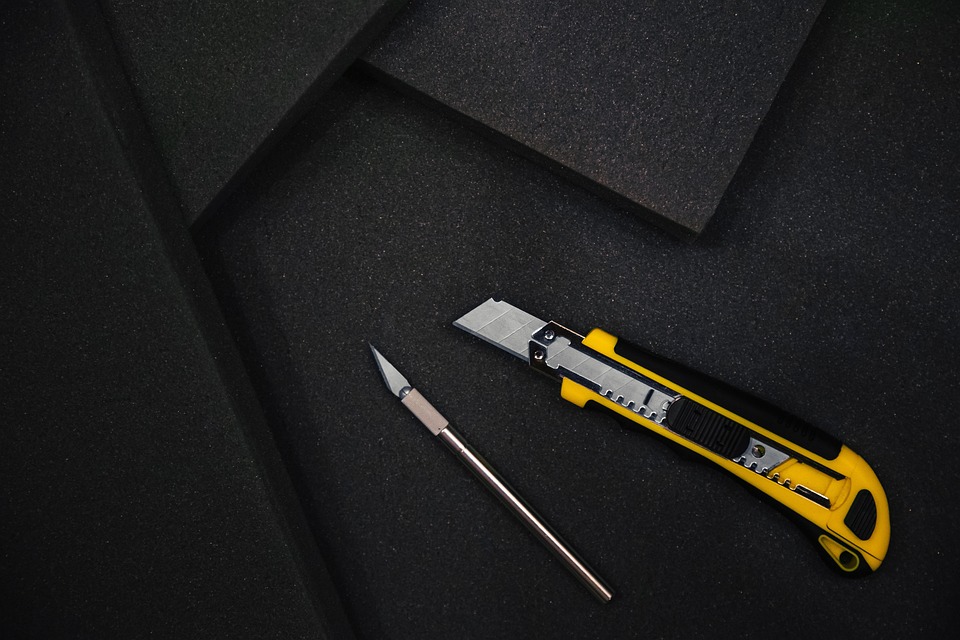In today’s fast-paced world, maintaining a clean and organized home can be a daunting task. Clutter accumulates over time, leading to untidy living spaces that can negatively impact your mental and physical well-being. However, with a strategic approach, you can transform a chaotic environment into a serene and functional space. Here are some invaluable tips for organizing and decluttering your home.
1. Start Small and Set Achievable Goals
Don’t be Overwhelmed: Tackling an entire house can seem overwhelming. Start with a smaller space, like a single room, closet, or even a drawer. Setting achievable goals makes the task more manageable and provides a sense of accomplishment.
Break It Down: Divide larger tasks into smaller, more manageable chunks. For instance, instead of decluttering an entire bedroom, start with your wardrobe first. This focused approach makes the process less intimidating.
2. Create a Decluttering Plan
Make a List: Outline the areas that need decluttering and estimate how much time you’ll need for each. This planning helps you stay organized and track your progress.
Schedule Regular Decluttering Sessions: Dedicate specific times for decluttering sessions. Whether it’s 15 minutes each day or an hour every weekend, consistency is key to making progress.
3. Use the Four-Box Method
Sort As You Go: Grab four boxes and label them: Keep, Donate, Sell, and Trash. As you sort through your belongings, place each item into one of these boxes. This method helps streamline the decision-making process and reduces indecision.
4. Declutter One Category at a Time
Marie Kondo’s Approach: Inspired by the KonMari Method, decluttering by category (e.g., clothes, books, papers, etc.) rather than location can be more effective. This allows you to see the volume of items you own in each category and make more informed decisions.
5. Apply the Six-Month Rule
Decision-Making Aid: If you haven’t used an item in the last six months—and can foresee no immediate need for it—consider letting it go. This rule helps eliminate items that serve no real purpose in your daily life.
6. Digitize Where Possible
Reduce Paper Clutter: Scan important documents and store them digitally. This reduces the volume of physical papers and keeps your important information organized and easily accessible.
Digital Organization: Use apps and software for notes, lists, and schedules instead of physical paper. This not only minimizes clutter but also helps you stay more organized.
7. Employ the One-In-One-Out Rule
Maintain Balance: For every new item you bring into your home, remove one. This rule prevents clutter from accumulating and encourages mindful purchasing decisions.
8. Invest in Storage Solutions
Functional Furniture: Invest in furniture that doubles as storage, such as ottomans with hidden compartments or beds with drawers underneath. This helps maximize space, especially in smaller living areas.
Shelving and Bins: Use shelves, bins, and baskets to organize items. Label these containers to ensure everything has a designated place and can be found easily.
9. Declutter Sentimental Items Thoughtfully
Take Your Time: Sentimental items can be the most challenging to part with. Take your time and handle these items last. This allows you to build your decluttering muscles and makes it easier to make tough decisions later on.
Keep a Selection: Instead of keeping all sentimental items, select a few that hold the most meaning to you. Consider creating a memory box or digital photo album to preserve memories without the physical clutter.
10. Establish Daily Habits
10-Minute Tidy-Up: Spend 10 minutes each day tidying up. Whether it’s folding laundry, putting away dishes, or organizing your desk, these small efforts add up and prevent clutter from getting out of hand.
Nightly Reset: Before going to bed, take a few moments to reset your living spaces. This can include fluffing pillows, straightening cushions, and putting away any items left out during the day. Waking up to a tidy home sets a positive tone for the day.
11. Get Entire Household Involved
Team Effort: Engage all household members in the decluttering process. Assign specific tasks to each person based on their abilities and preferences. This not only distributes the workload but also teaches responsibility and teamwork.
Teach Organizational Skills: Involve children in the process and teach them organizational skills. This helps establish good habits early on and maintains a more orderly home.
12. Be Mindful of Purchases
Evaluate Necessity: Before making a new purchase, ask yourself if it’s truly necessary. Consider how it will fit into your current space and whether it serves a meaningful purpose.
Quality Over Quantity: Invest in high-quality items that will last, rather than cheap items that may need to be replaced frequently. This reduces waste and prevents clutter from accumulating.
13. Maintain a Clutter-Free Zone
Designated Spaces: Designate specific areas in your home as clutter-free zones. Ensure these spaces remain clear of unnecessary items, providing a sanctuary of order and calm.
14. Embrace Minimalism
Simplify: Embracing a minimalist approach can significantly reduce clutter and create a more serene living environment. Focus on keeping items that truly bring you joy and serve a purpose.
15. Regularly Reassess and Adjust
Ongoing Process: Decluttering and organizing is not a one-time task but an ongoing process. Regularly reassess your living spaces and make necessary adjustments to maintain order and functionality.
Seasonal Cleanouts: Conduct seasonal cleanouts to evaluate items that may have accumulated and ensure your home remains clutter-free year-round.
Conclusion
Decluttering and organizing your home can significantly enhance your living space and improve your overall well-being. By incorporating these tips into your routine, you can create a more functional, organized, and enjoyable environment. Remember, the key is to start small, stay consistent, and continually reassess your spaces. With time and effort, you’ll enjoy a clutter-free home that promotes peace and tranquility.


